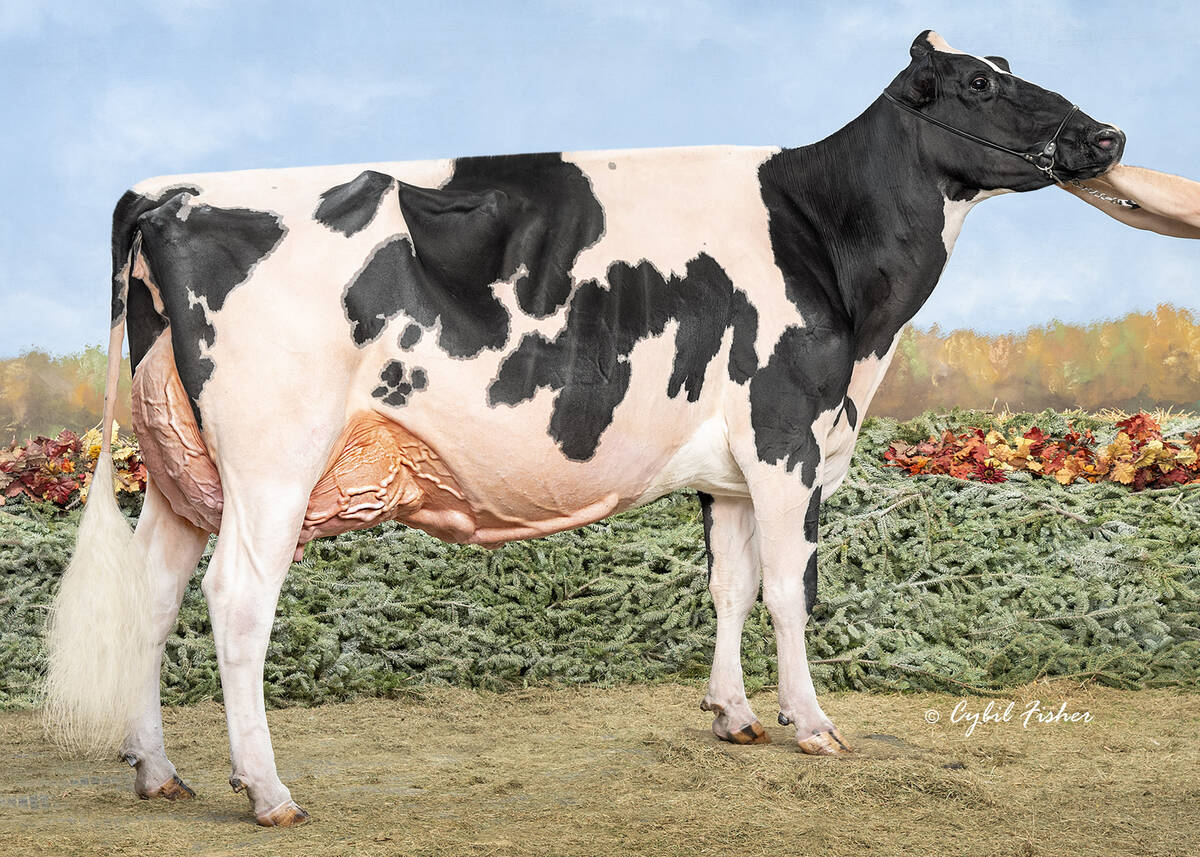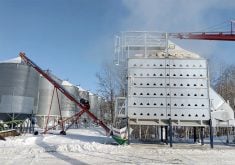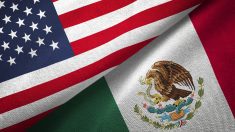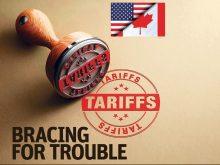It’s not necessarily economical for ranchers to raise their own replacement heifers rather than buy them.
However, the reverse is also true, and research economist Kathy Larson says it’s wise to analyze the costs before deciding whether to raise or buy females for the herd.
Larson told those on an Oct. 3 webinar, organized by the Beef Cattle Research Council, that about 80 percent of ranchers surveyed in 2014 said they raise their own replacements. It’s the same percentage in the United States.
Cost of production varies year to year as the cattle market fluctuates and other costs change, said Larson, so it’s important to revisit the heifer decision regularly.
Read Also

Saskatchewan dairy farm breeds international champion
A Saskatchewan bred cow made history at the 2025 World Dairy Expo in Madison, Wisconsin, when she was named grand champion in the five-year-old Holstein class.
Why buy replacements? Larson listed these reasons:
- to bring in new and improved genetics
- speed expansion or change a breeding program
- it might be cheaper than raising your own
- frees up resources to run more cows
- avoids issues arising from poor growth post-weaning
On the flip side, Larson listed reasons for raising replacements:
- maintains genetic makeup of herd with known performance and temperament
- lower cost/cash outlay
- uses existing resources
- animals are raised to thrive in producer’s climate, feed and management methods
- fewer opportunities for disease introduction
Larson encouraged producers to consider “opportunity cost” when deciding whether to buy or raise replacements. She described that as the revenue given up when choosing one option over another. As an example, if a producer makes hay to feed the cows, he forgoes hay sales and the value that could have been derived.
“When you retain heifers to develop into replacement females, you’re essentially forgoing weaned calf sales,” she said.
“You gave up the revenue you could have received had you sold them at weaning.”
To calculate the cost of retaining a heifer calf, expenses include feed, salt, minerals and yardage over winter and the cost of pasturing the animal until it is ready to breed. The cost of a herd sire also has to be factored.
“On average, a heifer will need to wean about six calves, five to six calves … to recoup her development costs,” said Larson.
However, that will vary depending on calf prices and costs of production on any given operation.
“A heifer’s value as a weaned calf accounts for about approximately 60 percent of her development costs, and those aren’t cash costs,” Larson said.
“It’s an opportunity cost. It’s money that you gave up by choosing to keep her, and on average she’s going to need to wean about six calves to recoup that investment in developing her to a bred heifer.”
She said some producers figure the return from selling the animal as a cull cow will recoup costs, but that isn’t advisable.
“I don’t think that that’s maybe the best mindset to be just focusing on, ‘well, I’ll just have to wait until I sell her as a cull or an open and that’ll make back my money.’ I think we want to try and make sure we get the productivity out of those females.… We want them to have a productive life in our operations.
“Go through the exercise of figuring out what your cost of production is and then figure out what your females need to wean in order to recoup their investment.”















